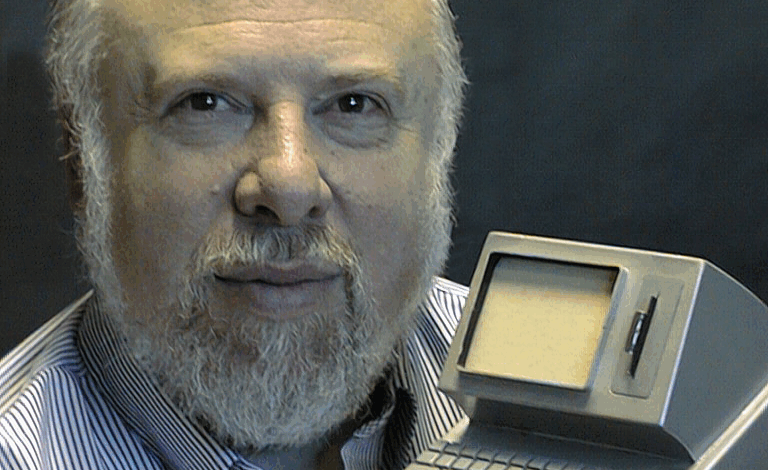Jef Raskin’s Vision: The Quest for a Humane Computer

▼ Summary
– The article discusses how computing history contains many dead-end ideas in user interface design, with most being obscure for good reason.
– It highlights that Jef Raskin believed interfaces should prioritize functionality and user cognitive limits over visual complexity.
– Raskin originated the Macintosh project in 1979 and brought a background in computer science and visual arts to Apple.
– He joined Apple in 1978 and influenced the company through documentation, testing, and technical contributions like porting UCSD Pascal.
– His work led to developments such as an 80-column display and Apple Pascal, which was used for significant software like Apple Presents Apple.
Imagine a quiet street that branches off from a main road, leading to a place where ambitious ideas were born but never fully realized. The history of computing is filled with such detours, concepts that promised to change everything but ultimately faded into obscurity. When it comes to how people interact with machines, countless experimental interfaces have been proposed, and many rightly forgotten.
Yet a few of these visions deserved far more attention than they received. While most designers focused on making computers easier to use through graphical elements and symbolic representations, one pioneer argued that true usability went deeper than visual design. He believed that interfaces should align with human cognitive patterns, reducing mental effort rather than adding to it. The goal wasn’t just usability, it was creating a system that felt humane.
That visionary was Jef Raskin, and his ideas, though never fully realized, continue to influence how we think about human-computer interaction today.
Many people don’t realize that Raskin was the original force behind the Macintosh project, which he began at Apple in 1979. With a background that blended computer science and visual arts, Raskin brought a unique perspective to the tech world. He held a master’s degree in computer science and had spent six years teaching visual arts at UC San Diego before founding his own consulting firm.
Apple co-founder Steve Jobs initially hired Raskin’s company to write the manual for the Apple II’s BASIC programming language. Impressed by his work, Apple brought Raskin on board full-time in 1978 as manager of publications. His role involved testing and documenting Apple’s systems, which gave him significant insight into their limitations and possibilities.
Because the Apple II’s 40-column, uppercase-only display was poorly suited for writing and editing text, Raskin pushed for the development of an 80-column card and a proper text editor. He also used his connections from UCSD to help port the UCSD Pascal system and p-System virtual machine to the Apple II once floppy drives became available. This environment, later sold as Apple Pascal, became the foundation for many early Apple programs, including the famous “Apple Presents Apple” tutorial.
(Source: Ars Technica)


